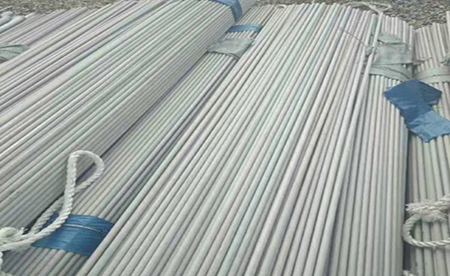Can Schedule 40 stainless steel pipe be threaded?
When it comes to stainless steel piping, the Schedule 40 designation often crops up as a key consideration. A common query among professionals and enthusiasts alike is whether Schedule 40 stainless steel pipe can be threaded.
Schedule 40 is a standardized designation used in the industry to denote the thickness of pipes. This specification is crucial as it directly correlates with the pipe's ability to withstand pressure and carry fluids or gases efficiently. In essence, Schedule 40 acts as a vital indicator of a pipe's structural integrity and performance under various operating conditions.
Stainless steel is renowned for its corrosion resistance and durability, making it a preferred material choice for a wide array of applications across industries. However, the question of whether Schedule 40 stainless steel pipe can be threaded arises due to the need for customization and compatibility with different piping systems.
The answer to whether Schedule 40 stainless steel pipe can be threaded is affirmative. Indeed, stainless steel pipes of this specification are routinely threaded to enable seamless integration with fittings, valves, and other components essential for fluid conveyance systems.
While the straightforward answer is reassuring, several key considerations merit attention:
Material Composition: Stainless steel encompasses a range of alloys, each with distinct properties and characteristics. It's imperative to verify that the specific grade of stainless steel being used is conducive to threading without compromising its structural integrity or corrosion resistance.
Thread Cutting Techniques: Thread cutting can be accomplished through various methods, including manual threading, electric threading machines, and advanced CNC processes. Selecting the appropriate technique depends on factors such as pipe diameter, thread specifications, and production volume.
Precision and Quality Assurance: Maintaining precision throughout the threading process is paramount to ensure the integrity and functionality of the threaded stainless steel pipe. Stringent quality control measures must be implemented to mitigate the risk of defects or imperfections that could compromise performance or safety.
In conclusion, Schedule 40 stainless steel pipe can indeed be threaded, thereby expanding its versatility and applicability across diverse piping applications. However, it is imperative to approach the threading process with meticulous care, adhering to industry best practices and standards to uphold the highest levels of quality and reliability.
Previous: >> What is the pressure rating of Schedule 40 SS pipe? Next: >> Can you thread Schedule 10 stainless steel pipe?







